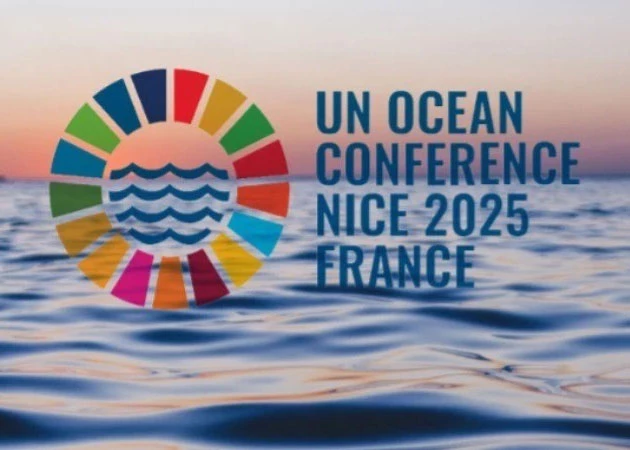Risk of missing Sustainable Development Goals
The world has entered a full 10 years on the journey towards the Sustainable Development Goals (SDGs). However, according to a recently released United Nations report, only 35% of SDGs are on track or have made certain progress. Many goals have even regressed, putting the world at risk of missing the SDGs.
 |
| The UN Ocean Conference 2025 aims to support the implementation of the Sustainable Development Goals on the marine environment. |
Fifteen years ago, the United Nations General Assembly adopted the 2030 Agenda, which sets out 17 SDGs to build a better and more sustainable future for all people through efforts to address pressing issues facing humanity, such as hunger, poverty, inequality, climate change, environmental pollution, etc. Over the past decade, the world has reaped “sweet fruits” in the fields of health, education, and energy.
The United Nations’ annual report on the progress of the SDGs in 2025 shows that since 2015, about 110 million more children and adolescents have gone to school, while the maternal and child mortality rate has decreased by 15%. Internet coverage has skyrocketed from 40% to 68%, opening more development opportunities for people. Notably, child marriage has decreased as more girls are going to school. Women's voices continue to resonate in parliaments across many countries. Renewable energy is making a dramatic leap forward and is expected to surpass coal as the main source of electricity by 2025.
However, the United Nations Under-Secretary-General for Economic and Social Affairs Li Junhua stressed that over the past 10 years, with the persistent efforts of countries and international organisations, the lives of millions of people have changed in a positive direction, but many people are still left behind.
This reality is reflected in a series of worrying figures. Conflict hotspots claimed the lives of nearly 50,000 people in 2024, while forcing 120 million people to leave their homes. Climate change made 2024 a record hot year, with temperatures 1.55 degrees Celsius higher than pre-industrial levels. About 10% of the global population, equivalent to more than 800 million people, still live in extreme poverty.
According to the United Nations, the goal of fully eliminating extreme poverty by 2030 is difficult to achieve due to many factors such as the slow recovery rate after the Covid-19 pandemic, economic instability, increasingly severe climate change, and stagnant growth in sub-Saharan Africa. The above intertwined crises are major obstacles to the progress of implementing the SDGs, even setting back the achievements of the past decades.
In order to prevent the risk of the SDGs deviating, the United Nations calls on countries to take drastic action, focusing on priority areas including food, energy, digital transformation, education, employment, social protection, climate action, and biodiversity. This is an important step to remove bottlenecks in the sustainable development process, creating a transformative impact on other areas. However, to do this, the world needs to find a solution to the financial problem, promote funding for sustainable development projects, and ease the public debt burden for developing countries. Currently, about 3.4 billion people live in countries where debt repayments exceed the budget for health and education. The public debt burden drains resources, making it impossible for low and middle-income countries to pursue the SDGs.
According to the United Nations, current progress is not enough to bring the 17 SDGs to the finish line on time. Although the path to implementing the sustainable goals is beset by a series of difficulties, UN Secretary-General Antonio Guterres emphasised that the world still has an opportunity to reverse the situation.
NDO





READER COMMENTS